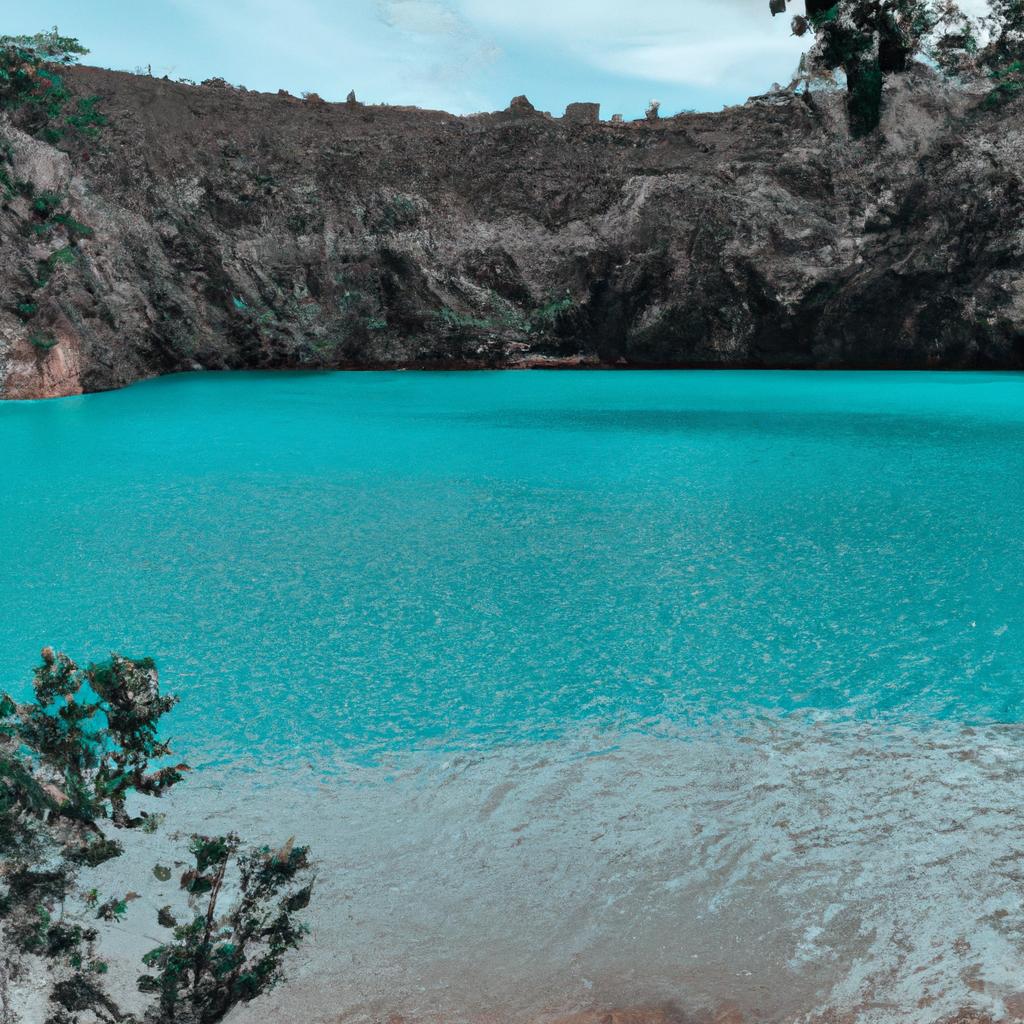Lakes, those captivating natural water bodies, have a significant role in our environment. Freshwater, irrigation, energy production, and recreation are just a few of the benefits they provide. Yet, there’s one characteristic that stands out the most – the color of lake water. From crystal clear to murky brown, its variation never ceases to amaze. But have you ever wondered what causes this mesmerizing hue, and why it’s important to understand the color of lake water?
Factors Affecting the Color of Lake Water
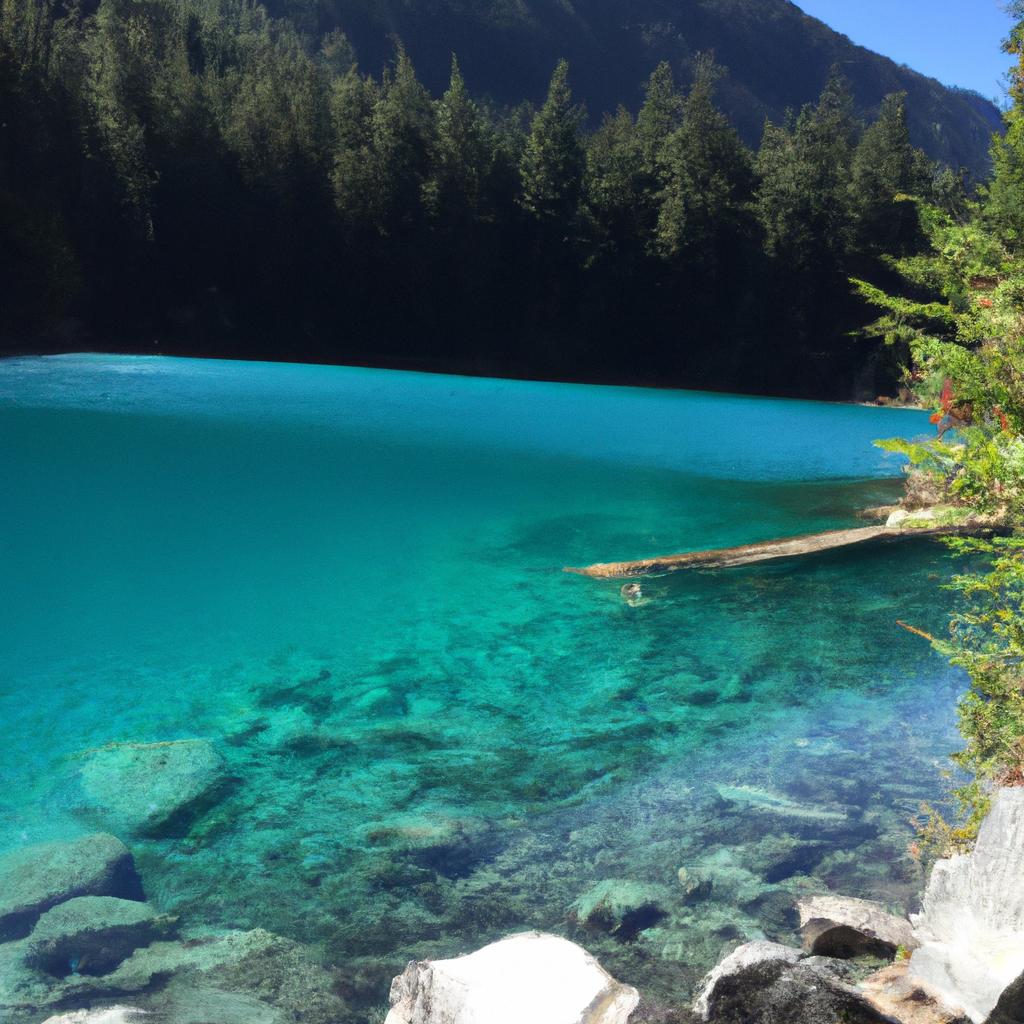
Several factors influence the color of lake water, both natural and human-induced. Natural factors include the presence of algae, dissolved organic matter, and sediment. Algae, microscopic organisms in water, can rapidly multiply and give the water a green or blue-green hue. Dissolved organic matter originates from decaying plant material, resulting in a yellow or brown tint. Sediment, caused by soil erosion, can make the water appear cloudy or murky.
Human factors also contribute to the color of lake water. Pollution from industrial and agricultural activities can create various colors, such as black, brown, and red. Land use changes, like deforestation and urbanization, can increase sediment and nutrient runoff into the water, influencing its color.
Understanding these factors is vital because lake water color reflects its health and quality. Excessive nutrient levels, for instance, can cause harmful algal blooms, resulting in fish kills and other negative impacts on aquatic life. Additionally, changes in water color profoundly affect tourism and recreation, as visitors are typically drawn to clear, blue waters.
The Essence of Lake Water Color
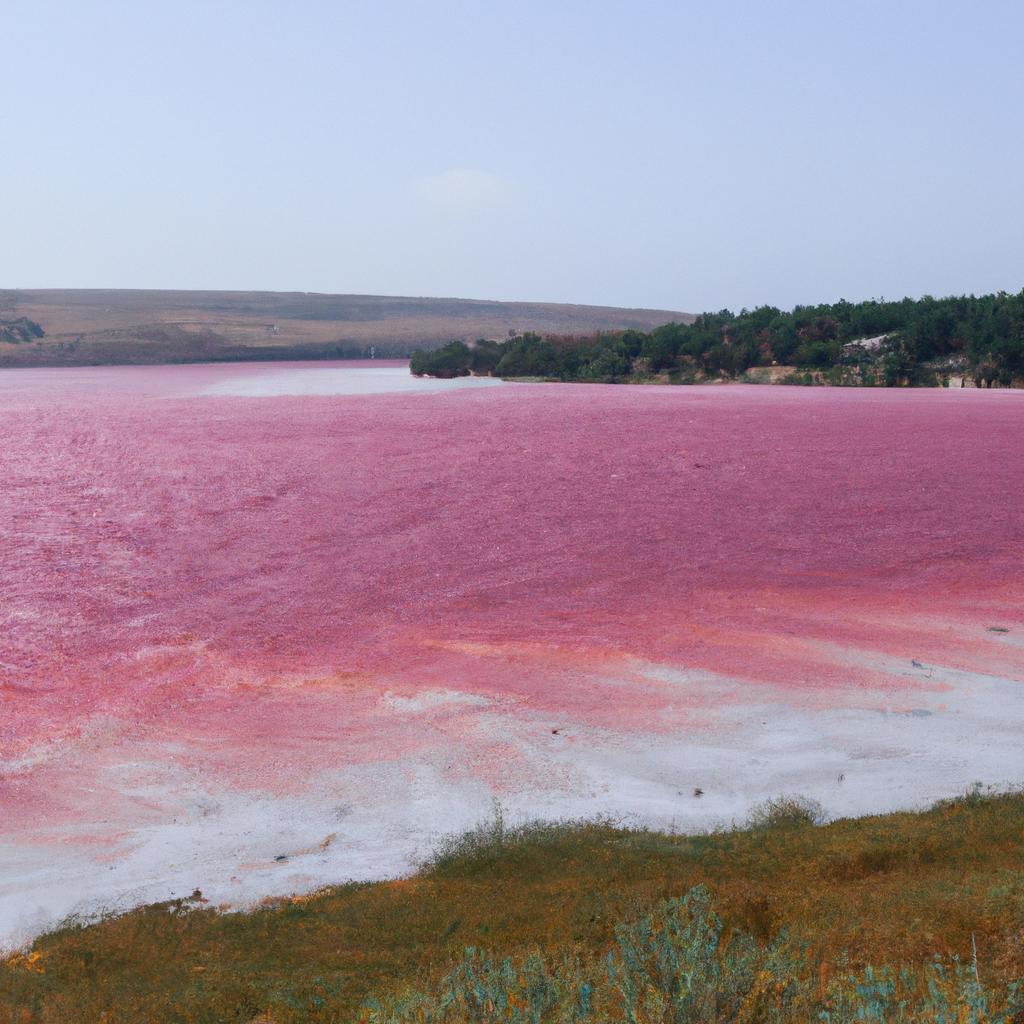
Lake water color extends beyond aesthetics; it offers vital information about water health and quality. Aquatic plants and animals have adapted to specific water conditions, and changes in color can indicate alterations that negatively impact these species. Moreover, lake water color affects the amount of sunlight that penetrates the water, which in turn influences plant and algae growth.
Regarding human use, the color of lake water plays a crucial role in tourism and recreation. Clear, blue waters are synonymous with pristine environments and attract swimmers, fishermen, and boaters. In contrast, discolored water can discourage visitors and negatively impact local economies dependent on tourism.
Ultimately, comprehending the factors influencing lake water color is essential in maintaining healthy and sustainable ecosystems. By monitoring color changes, scientists and policymakers can take necessary actions to address issues that might harm the environment and human use.
The Significance of Lake Water Color
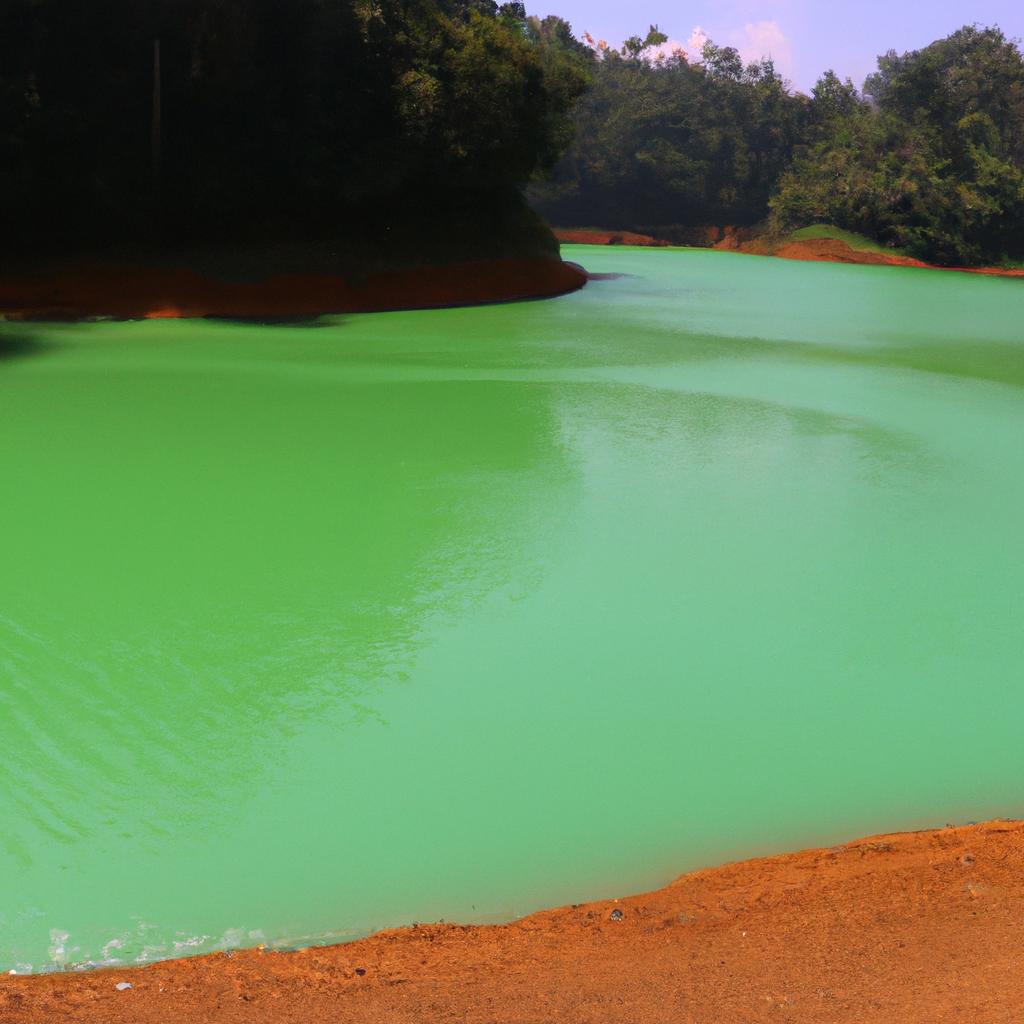
As mentioned earlier, lake water color acts as an indicator of water quality. Clear water with a blue or green tint typically indicates well-oxygenated and healthy water. Conversely, murky water with a brown or red tint suggests high levels of sediment, nutrients, or pollution.
Lake water color also profoundly impacts aquatic life. Algae blooms, causing water to turn green or blue-green, can deplete oxygen levels and harm aquatic plants and animals. Similarly, excessive sediment can hinder fish feeding and spawning, as well as aquatic plant growth.
Furthermore, the color of lake water significantly influences tourism and recreation. Pristine, clear waters attract visitors for swimming, fishing, and boating. Discolored water, however, can discourage visitors and negatively impact local economies reliant on tourism.
Common Colors of Lake Water
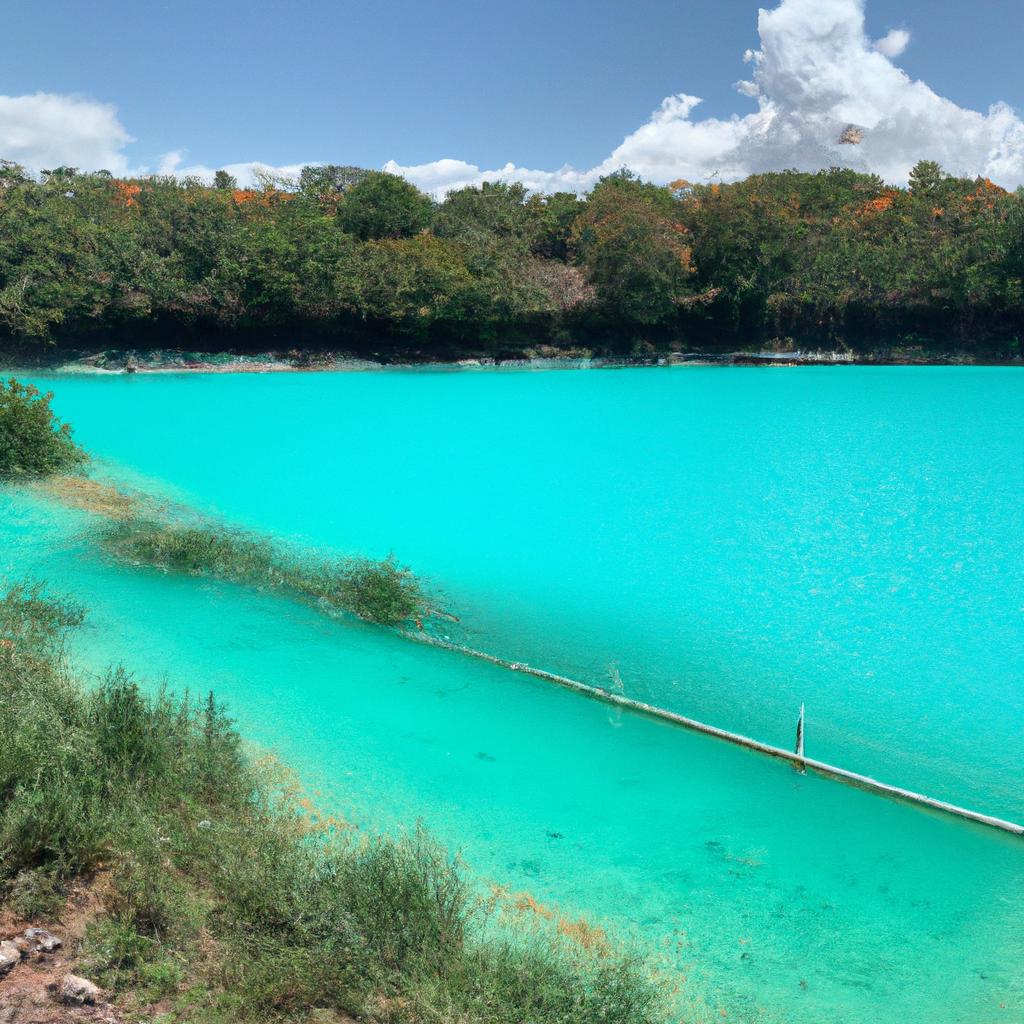
The color of lake water can vary immensely based on factors such as water depth, sediment, algae, and dissolved organic matter. Blue, green, brown, and red are among the most common colors observed in lake waters.
Blue water typically characterizes deep and clear water with minimal sediment and algae. Blue light penetrates water more effectively than other colors, resulting in the signature blue reflection.
Green water is often found in shallow areas with algae present. Algae blooms can turn the water green or blue-green and may have harmful effects on aquatic life in high concentrations.
Brown water results from dissolved organic matter, imparting a brown or yellow tint. This organic matter originates from decaying plant material or runoff from surrounding land.
Lastly, red water can indicate pollution from iron or other metals, as well as specific types of algae blooms. Although less common, red water suggests severe water quality issues.
Methods of Measuring Lake Water Color
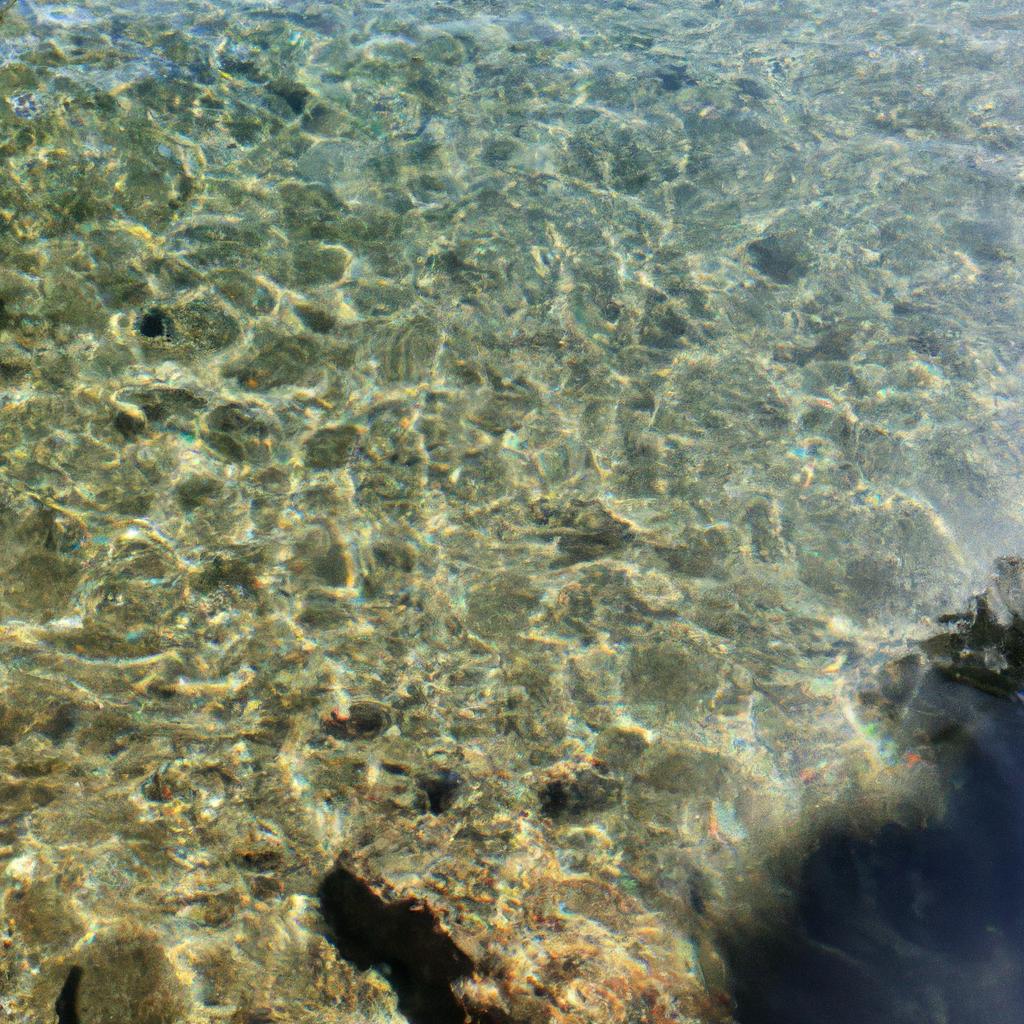
Various methods are available to measure the color of lake water. One commonly used tool is the Secchi disk, a simple device that determines water transparency. The disk is lowered into the water until it’s no longer visible, and the depth at which it disappears, known as the Secchi depth, serves as an indicator of water clarity.
Another method involves the use of a spectrophotometer. This tool measures light intensity at different wavelengths, enabling scientists to determine light absorption by dissolved organic matter and other substances in the water. This method provides a quantitative measure of color and facilitates the tracking of water quality changes over time.
Conclusion
In conclusion, the color of lake water holds valuable information about its health and quality. Changes in color reflect alterations in nutrient levels, sedimentation, and pollution, all of which can harm aquatic life and human activities.
Monitoring the color of lake water is crucial in identifying shifts in water quality and taking proactive measures to address arising issues. The Secchi disk and spectrophotometer are two commonly used methods that provide valuable insights into water clarity and quality.
Further research is essential to explore the intricate relationship between color and water quality. By deepening our understanding of lake water color, we can effectively protect these invaluable resources for future generations.
For more information on lakes and how we can contribute to their preservation, visit TooLacks.
